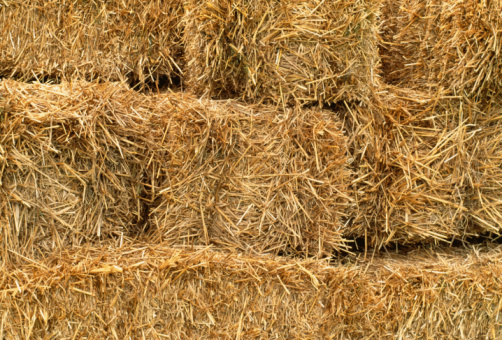
It’s that time year when forage farmers are praying for warm days and cool nights to make their hay grow and flourish! If you have any type of livestock, you have “some” knowledge of hay but what don’t you know about this cash crop. We have some great articles in our archives to help you learn more about the green gold that we many of us nurture, make, save and maybe sell.
OFBF State Trustee, Roger Baker, shared his expertise … There are many different kinds of hay that we grow. Legumes may be an alfalfa or a clover. Grasses many times include orchard grass, timothy, brome grass, rye grass or endophyte free fescues.
SCFB Trustee, Donna Cecil shared her suggestions to help keep the buyer’s cost down … Buying small amounts throughout the year is going to end up costing you more. Let’s face it, the farmer will need to handle it twice, as well as store it and therefore is going to charge you accordingly.
We shared with our readers more facts about the various types of hay… Well, not all hay is created equal. In fact, it varies greatly according to plant type, quality, growing region, and intended use. The two most popular types of hay used as feed for livestock are legumes and grass hay.
We even addressed the great debate, alfalfa VS grass hay …Forages such as hay require fermentation in the gut to maximize use in the digestive tract. Therefore, any kind of forage can help keep your horse warm in winter but less digestible types might result in greater amounts of heat being produced. Grass hay is a lower-calorie hay so larger rations of grass hay can be fed. Many people believe alfalfa is the best hay to feed in winter for warmth, probably due to alfalfa’s high protein content and many believe protein is a good energy source, however, …
And last year, we addressed the hay farmer’s biggest nightmare, BARN FIRES … The number one cause of hay self-combustion is that it was put-up (stored) with too high of a moisture content. Whether you should be concerned will depend on the conditions under which your hay was baled.